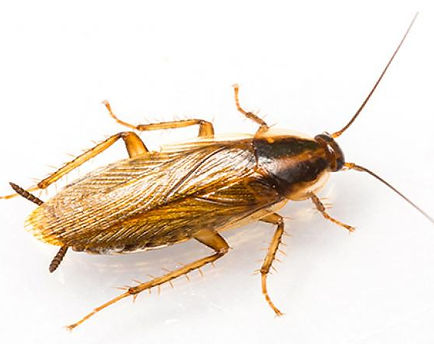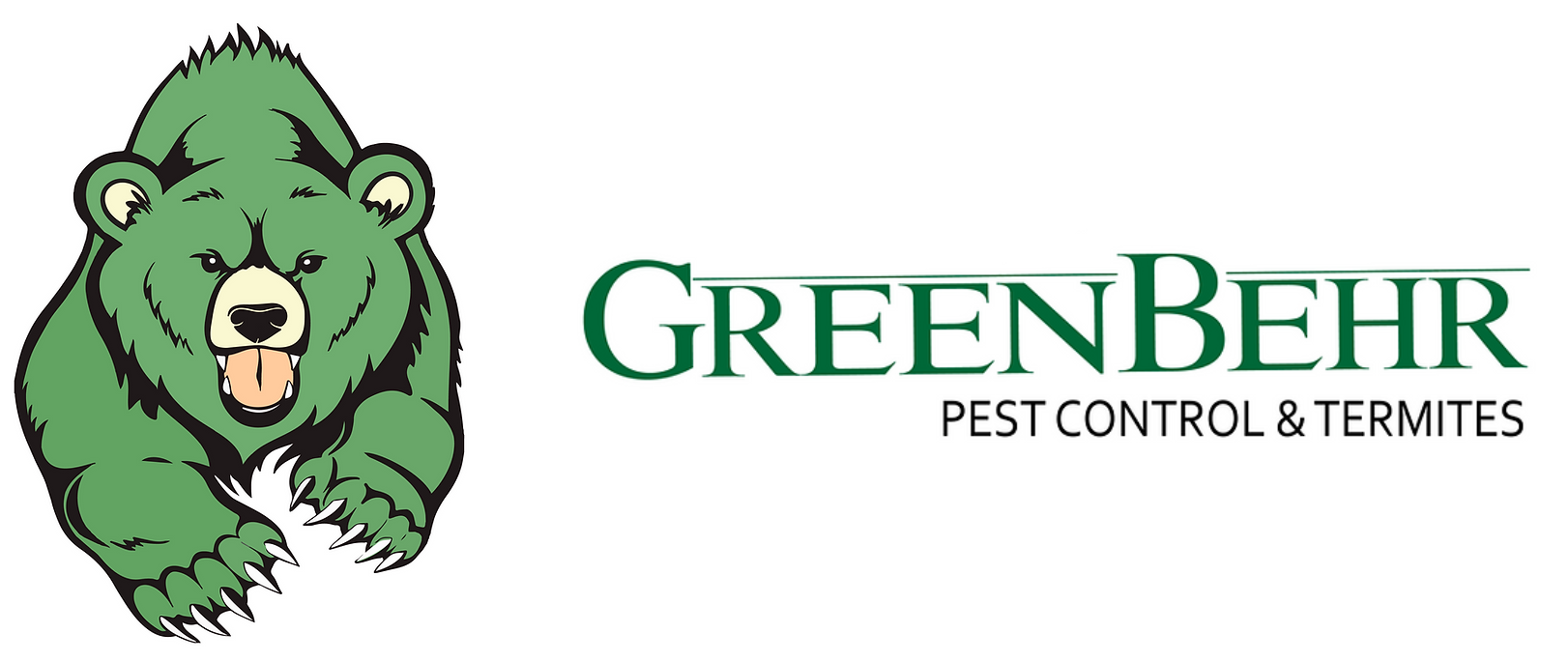
Behavior
Roaches, also known as cockroaches, are hardy insects belonging to the order Blattodea. They have been around for millions of years and have adapted well to various environments. Here are some key aspects of roach behavior:
- Nocturnal Behavior: Roaches are primarily nocturnal, meaning they are most active during the night and prefer to hide in dark, secluded areas during the day.
- Agile and Fast: Roaches are agile insects with a quick scuttling movement, allowing them to escape threats and find hiding places efficiently.
- Omnivorous Diet: Roaches are opportunistic feeders and are omnivorous, consuming a wide range of food items, including decaying organic matter, grease, food scraps, and even paper.
- Survival Tactics: Roaches are highly adaptable and can survive in harsh conditions, such as extreme temperatures, limited food sources, and even periods without water.
- Thigmotactic Behavior: Roaches exhibit thigmotactic behavior, meaning they prefer tight spaces and surfaces that provide physical contact on all sides, which is why you often find them hiding in cracks and crevices.
- Scent Communication: Roaches use chemical signals called pheromones to communicate with each other. These signals help them find food, locate mates, and establish territorial boundaries.
- Fast Reproduction: Roaches have rapid reproductive rates, and a single female can produce hundreds of offspring during her lifetime.
- Nymph Stages: Roaches undergo incomplete metamorphosis, which means they hatch from eggs as nymphs and go through several molts before reaching adulthood.
- Filth Preference: Many roach species are attracted to filth and unclean environments, making them a common pest in areas with poor sanitation.
- Nocturnal Emergence: Roaches are most likely to emerge from their hiding places at night to search for food and water.
- Bacterial Contamination: Roaches can carry bacteria and pathogens on their bodies, potentially contaminating surfaces and food sources.
- Seeking Moisture: Roaches are attracted to moisture, and you may find them in damp areas, such as kitchens, bathrooms, and basements.
Understanding roach behavior is essential for effective pest control and prevention. Addressing issues with proper sanitation, sealing entry points, and using targeted pest control methods can help manage roach populations and minimize their impact on households and businesses. Early detection and prompt action are key to preventing roach infestations from becoming severe and difficult to control.
Infestation Warning Signs
Detecting signs of a cockroach infestation early is crucial for effective pest control. Here are common signs that may indicate a cockroach infestation:
- Live Roaches: Spotting live roaches, especially during the daytime, is a clear sign of an infestation. Cockroaches usually hide in dark, secluded areas, so if you see them out in the open, it indicates a large population.
- Cockroach Droppings: Roach droppings resemble small, dark, and cylindrical pellets or coffee grounds. You may find these droppings in areas where roaches are active, such as kitchen cabinets, drawers, and countertops.
- Egg Casings (Oothecae): Cockroach females produce egg casings called oothecae. These casings are usually brown, purse-shaped, and may be found in hidden areas, such as cracks, crevices, and behind appliances.
- Unpleasant Odor: A strong, musty odor may be present in areas with a heavy cockroach infestation. The smell comes from the secretion produced by roaches.
- Grease Marks: Roaches leave behind grease marks or smears on surfaces they frequently traverse. These marks are often visible on walls, baseboards, and around access points.
- Shed Skin: As cockroaches grow, they shed their exoskeletons or skins. Finding these discarded exoskeletons is a sign of an active infestation.
- Damaged Food Packaging: Roaches can chew through food packaging to access food sources, leaving behind small holes or gnaw marks.
- Nocturnal Activity: Cockroaches are nocturnal insects, so you may hear them moving or rustling in the dark during the night.
- Presence of Nymphs: If you spot small, wingless roaches, they are likely nymphs, which indicates a breeding population nearby.
- Visible Nesting Sites: In severe infestations, you may find cockroach nests in dark, moist areas, such as behind sinks, in drain pipes, or in wall voids.
- Allergies or Asthma Symptoms: Cockroaches can trigger allergies and asthma in some individuals, so if you or your family members experience unexplained allergy-like symptoms, it might be linked to a cockroach infestation.
If you notice any of these signs of a cockroach infestation, it’s crucial to take immediate action. Cockroaches can multiply rapidly and pose health risks by contaminating food and surfaces. Consult with a professional pest control service to inspect your property, determine the extent of the infestation, and implement effective cockroach control measures to eradicate the problem. Regular cleaning, proper sanitation, and sealing entry points can also help prevent cockroach infestations.
Top Pest Control Tips
Preventing and getting rid of cockroaches requires a combination of preventive measures and targeted pest control strategies. Here are some tips to help you keep cockroaches at bay and eliminate existing infestations:
Preventive Measures:
- Maintain Cleanliness: Keep your home clean and tidy, particularly in the kitchen and dining areas. Regularly clean countertops, floors, and other surfaces to eliminate food crumbs and spills.
- Proper Food Storage: Store food in airtight containers and keep pet food in sealed containers as well. Avoid leaving food out overnight.
- Fix Water Leaks: Repair any water leaks promptly, as cockroaches are attracted to moisture. Check under sinks, around faucets, and in other areas for signs of leaks.
- Seal Entry Points: Seal cracks, gaps, and holes in walls, floors, and windows with caulk or weatherstripping to prevent cockroaches from entering.
- Remove Clutter: Declutter your living spaces and storage areas to eliminate potential hiding spots for cockroaches.
- Regular Garbage Disposal: Dispose of garbage in tightly sealed bins and take it out regularly to prevent attracting cockroaches.
- Clean Pet Areas: Clean up pet food spills promptly and wash pet dishes regularly.
- Maintain Yard and Exterior: Trim vegetation away from the house and keep the yard clean to reduce outdoor cockroach populations.
Pest Control Strategies:
- Cockroach Baits: Use cockroach baits that contain insecticides to attract and kill roaches. Place them in areas of cockroach activity, such as near cracks and crevices.
- Insect Growth Regulators (IGRs): IGRs disrupt the cockroaches’ growth and reproduction. They are available in various forms, including baits, sprays, and dusts.
- Diatomaceous Earth: Diatomaceous earth is a natural, non-toxic powder that can help control cockroaches. It works by damaging their exoskeleton and causing dehydration.
- Professional Pest Control: If your cockroach infestation is severe or persistent, consider hiring a professional pest control service. They have access to stronger insecticides and can effectively eliminate the infestation.
- Use Roach Traps: Sticky traps or roach motels can help capture roaches and provide insights into the level of infestation.
- Pest-Repellent Plants: Some plants, like mint and bay leaves, have natural repellent properties that can help keep cockroaches away.
- Ultrasonic Devices: Consider using ultrasonic devices that emit high-frequency sound waves to deter cockroaches.
Remember that successful cockroach control requires persistence and a combination of methods. A proactive approach to cleanliness and sanitation, coupled with targeted pest control strategies, will help prevent cockroach infestations and create a cockroach-free environment in your home.

